-
Puffin Mingan
Puffin Mingan Desc
-
-
-
-
-
-
-
-
Puffins in the rain
During their breeding season, some 35,000 seabird couples from 12 different species are harboured in the Mingan Archipelago National Park Reserve of Canada.
Among these birds, the Atlantic Puffin is clearly the one stealing the show. With its clown-like head and brightly coloured beak, it is one of the islands’ most fascinating birds.
In French, the Atlantic Puffin is known as the Macareux moine because, out of the water, it keeps both feet together like a monk (moine) saying his prayers. Its brightly coloured beak gives it an exotic look and accounts for its nickname perroquet de mer (sea parrot). Others call it the calculot (calculator) because of the way it nods repeatedly, like a person counting.
The Gulf of St. Lawrence provides the necessary ecological and oceanographic conditions for the settlement of puffins. The sea currents make for a nutrient-rich aquatic environment, and the puffin prefers the smaller islands because there are less predators there. Puffins are found on three islands: two larger colonies are on Île de la Maison and Île à Calculot des Betchouanes, while a very small colony nests on Île aux Perroquets.
The Atlantic Puffin is a member of the Alcidae, or penguin, family. It weighs about 400 g and its total overall height is anywhere between 29 and 34 cm. Its short wings and sturdy webbed feet facilitate underwater swimming when it is seeking food. On land, its movements are clumsy and it is usually to be found close to steep cliffs.
Resource and mor information: Parks Canada
 Copyright protected by Digiprove
Copyright protected by Digiprove
